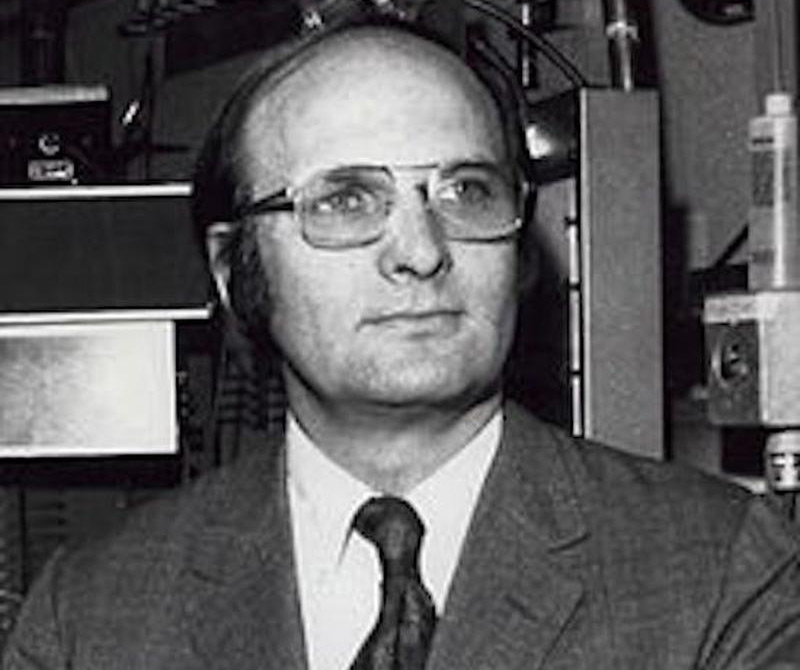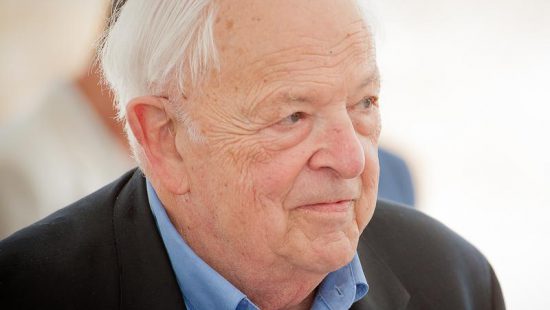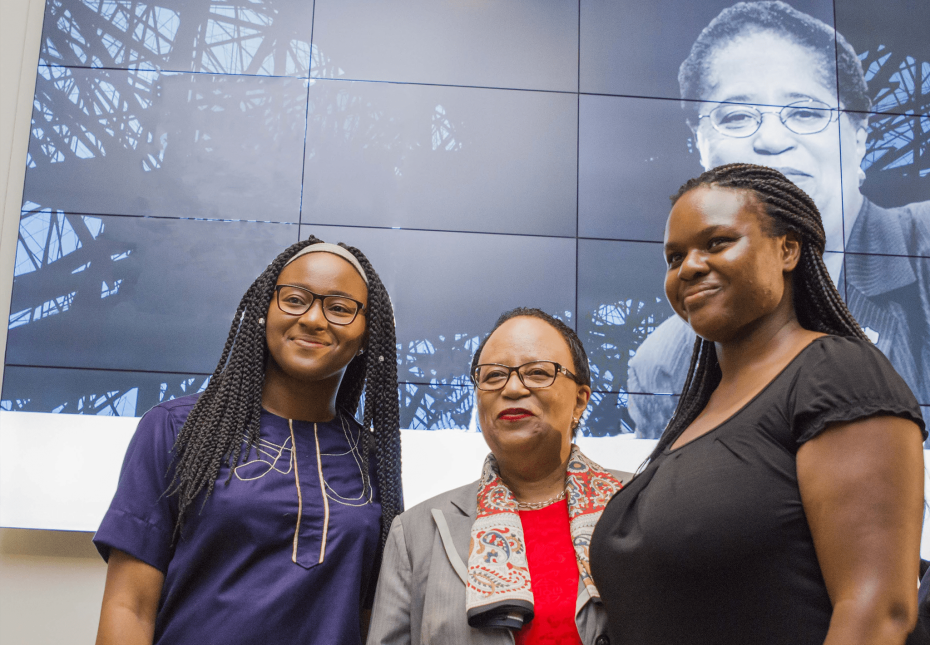How do you crack an enigma that has eluded explanation for over 40 years? You pair a young graduate student with two physicists whose collaborative discoveries managed to scoop the Soviets. John Schrieffer was that young graduate student. He helped explain superconductivity in materials at the microscopic level.
Ultimately, his team developed a discovery that would come to be called the BCS Theory. This mathematical explanation of superconductivity would create the foundation for future research in the field.
Throughout his career, Schrieffer would be sought after by many universities. He has held faculty positions or professorships at the University of Chicago, University of Illinois, University of Pennsylvania in Philadelphia, University of California, Santa Barbara, and Florida State University. He would also go on to be Director of the Institute for Theoretical Physics and Chief Scientist of the National High Magnetic Field Laboratory.
His most recent work focuses on superconductivity at high temperatures and condensed matter magnetism.
By Melissa Ayala







